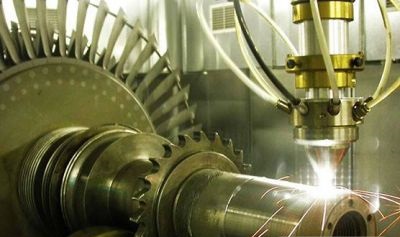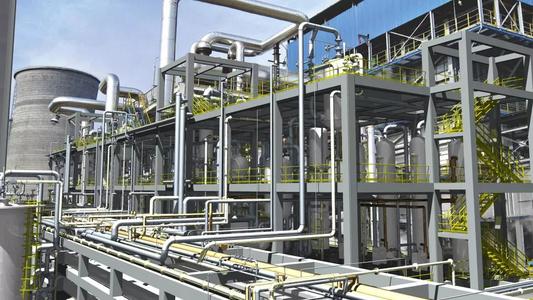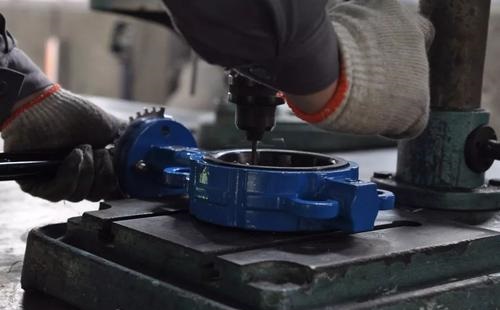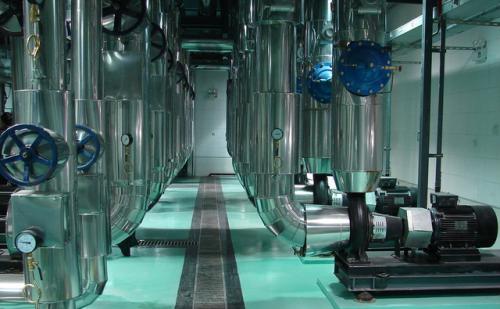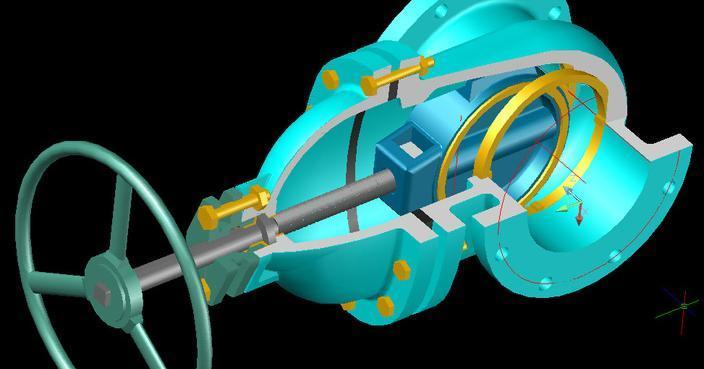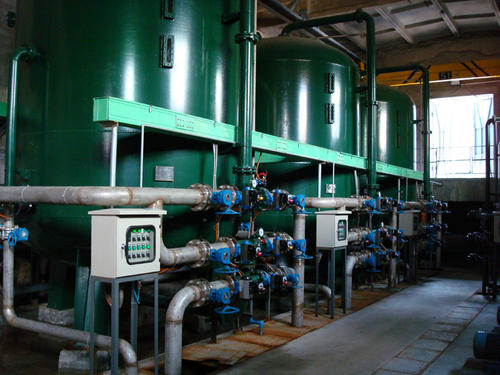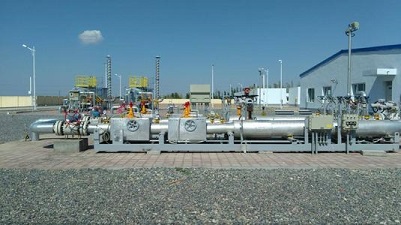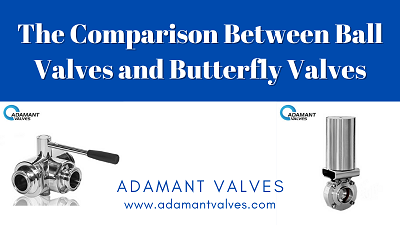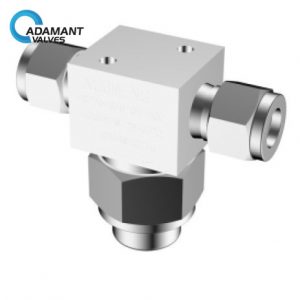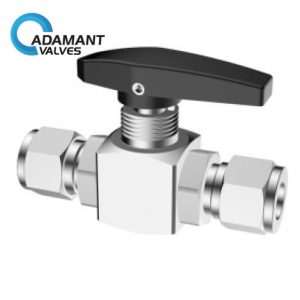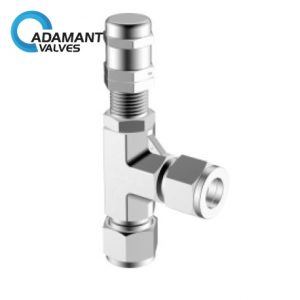Category: Sanitary Butterfly Valves
What are the Types of Grooved Butterfly Valve?
What is a groove valve? Designed to minimize water hammer caused by flow reversal, the valve is furnished with grooved ends for installation with GRINNELL Grooved Couplings or Flanged Adapters. Grooved pipe couplings and fittings are used to join pipes in both wet and dry systems. They provided some flexibility in terms of movement and deflection […]
Read moreIntroduction of the Driving Mode of Sanitary Butterfly Valve
Sanitary butterfly valves are widely used in the sanitary field. It is called a butterfly valve not because of its shape like a butterfly, but because of the simple structure, easy-to-use compact appearance, and flexible opening and closing. The butterfly is also a small and flexible insect and there are a lot of similarities, so this device […]
Read moreButterfly Valves in Different Working Conditions
As the movement of the plate of the butterfly valve has a wiping effect, most butterfly valves can be used in a medium with suspended solid particles. Depending on the strength of the sealing member, they can also be used in a medium of powder and granule. The structural length and overall height of the sanitary […]
Read moreThe Advantages of Sanitary Butterfly Valves
The advantages of sanitary butterfly valves include: 1. The butterfly valve rubber sealing and valve plates are imported, ensuring the performance and service life of the butterfly valve. 2. High-precision CNC is used to lathe the valve to ensure reliable interchangeability of the butterfly valve, saving the trouble of uncertain performance due to the change of […]
Read moreWhat is Flanged Sanitary Butterfly Valve?
What is Flanged Sanitary Butterfly Valve? Flange sanitary butterfly valve disc center of rotation (i.e., the center of the valve stem) is located in the centerline of the valve body and disc sealing surface cross-section. Its seat is made of synthetic rubber. When it is closed, the external sealing surface of the disc presses the […]
Read moreThe Use of Pneumatic Butterfly Valve in Different Medium
When the sanitary butterfly valve is used for the control of solid materials, it’s often used at the bottom of cans as a discharge valve. Since dust materials mostly contain particles large and small, the wear on the valve sealing surface is a sure thing. Improper selection of the model will greatly reduce the service life of […]
Read moreSanitary Butterfly Valves Used in Raw Water Industry
Sanitary butterfly valves have many advantages such as simple structure, small size, lightweight, easy installation, etc. As a part used to realize pipeline system on and off and flow control, sanitary butterfly valves are widely used in many fields, such as petroleum, chemical engineering, metallurgy, and hydropower. The applications of sanitary butterfly valves in raw water […]
Read moreThe Comparison Between Ball Valves and Butterfly Valves
Features of Ball Valves and Butterfly Valves Ball valves have very little flow resistance because the diameter of the ball’s opening is usually equal to the pipeline diameter. In this manner, ball valves have a resistance coefficient similar to that of a pipe section of the same length, allowing the fluid medium to flow through […]
Read moreThe Characteristics of Electric High Vacuum Butterfly Valves
Electric high vacuum sanitary butterfly valve is one type of vacuum sanitary butterfly valve. It’s suitable for air and non-corrosive gases. So what are the characteristics of electric high vacuum sanitary butterfly valves? What’s special about its structure? Electric high vacuum sanitary butterfly valve uses rotary electronic regulating valve driving device. Through switching of the external […]
Read moreWhat Can We Expect from Sanitary Butterfly Valves?
Sanitary butterfly valves are mainly used for the control of dry and bulky materials. Some of these materials are used in the cosmetics, pharmaceutical, food, biotechnology, and chemical industries. Valves are generally designed to meet the stringent requirements of these industries. The slender design of sanitary butterfly valves saves space and weight specifications. The valve […]
Read more
